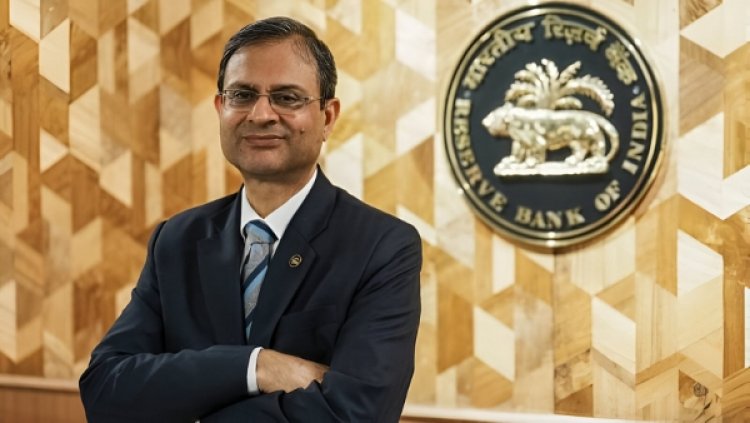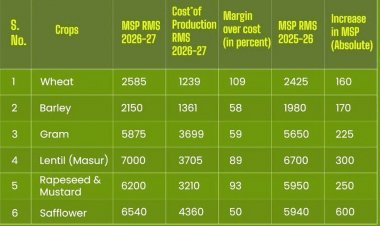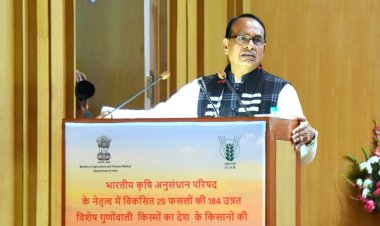RBI cuts repo rate for first time in five years to stimulate economy
The Reserve Bank of India (RBI), under new Governor Sanjay Malhotra, cut the key interest rate by 25 basis points to 6.25% for the first time in nearly five years to stimulate the slowing economy.

In a significant policy shift, the Reserve Bank of India (RBI) on Friday reduced the repo rate by 25 basis points to 6.25%, marking the first cut in nearly five years. The move aims to provide much-needed stimulus to the sluggish economy, which is projected to grow at its weakest pace in four years.
The repo rate is the interest rate at which the RBI provides funds to commercial banks. A reduction in the repo rate typically lowers borrowing costs for consumers by reducing interest rates on loans.
The decision, taken unanimously by the six-member Monetary Policy Committee (MPC), comes after maintaining the rate unchanged for eleven consecutive policy meetings. RBI Governor Sanjay Malhotra, in his first policy review since assuming office in December, stated that although economic growth is expected to recover, it remains subdued compared to last year. Inflation trends have created room for monetary easing, he added.
Growth and Inflation Outlook
Union government has forecasted an annual GDP growth rate of 6.4% for the fiscal year ending in March, falling below its initial projections due to a weaker manufacturing sector and sluggish corporate investments. For the next fiscal year, growth is expected to range between 6.3%-6.8%, with the RBI projecting a 6.7% expansion.
Despite inflation still being above the medium-term 4% target, it eased to a four-month low of 5.22% in December and is expected to continue declining. The RBI anticipates an average inflation rate of 4.8% for the current fiscal year, dropping to 4.2% in the next. Governor Malhotra highlighted that food inflation pressures are likely to subside, but volatility in energy prices remains a risk to the inflation outlook.
Coordination with Fiscal Policy
The repo rate cut follows Budget 2025-26, which introduced major income tax relief for the middle class, aimed at boosting consumption amid an economic slowdown. Additionally, the fiscal deficit for FY25 has been pegged at 4.8% of GDP, lower than the initially budgeted 4.9%, while for FY26, it is projected at 4.4%, improving upon previous targets. The RBI’s decision aligns with the government’s fiscal measures to ensure macroeconomic stability while fostering growth.
Policy Shift Amid Economic Uncertainty
This rate cut marks the first since May 2020, when the central bank had last eased policy rates amid the COVID-19 crisis. The last revision, in February 2023, saw a 25 basis points hike to 6.5%.
With improving employment conditions, moderating inflation, and a promising agricultural output after a strong monsoon, the RBI remains optimistic about economic recovery. However, concerns persist regarding external shocks, particularly fluctuations in energy prices.
The rate cut signals a policy pivot by the RBI, reflecting a more accommodative stance as it seeks to balance inflation control with economic growth. Market analysts anticipate further policy adjustments in response to evolving economic conditions.



 Join the RuralVoice whatsapp group
Join the RuralVoice whatsapp group









































